Tiny house living essentials: tiny houses have their own essentials you need to know, and getting started living tiny or downsizing is absolutely fun. In this article, I tell you about my top 10 essentials for tiny house living. Let’s face it, tiny house living can be simplistically beautiful.
However, whether your dream is to pick up and move into a tiny home or simply incorporate elements of tiny living into your current residence, there are many things that are absolute must-haves.
And then there are those items that your heart desires but you might choose not to go with if you’re on a budget. Below is my personal list of the best tiny house living essentials.
Many people are interested in what tiny house living is all about, but there’s always a plethora of confusion between terms and how something small can be bigger on the inside.
This also raises the question of whether or not living in a tiny house is more affordable than regular housing. I’m writing this article because I want to save you time and help you get going right away.
Tiny house living essentials
There is always a debate about whether tiny houses or small homes are a better way to live. If you are thinking about making this transition, it most likely means you will be living in a space that is significantly smaller than 1,000 square feet.
Many people don’t realize how many things they have “lying around” that they use on a regular basis. By making this transition and getting rid of so much unused stuff, you will save money and give yourself more room to live more simply.
If you’re considering downsizing to a tiny house, there are some things you’ll need to make your life easier. If you’re going to be living in a small space, you might as well get the most out of it! Here are some essential items that will help you live comfortably in your tiny house:
Bathroom essentials
Shower curtain. Shower curtains are cheap and easy to install. A curtain keeps water from drenching the bathroom floor, which makes cleaning up easier and gives the room a more finished look.
If you don’t want to install one yourself, check out IKEA’s ready-made curtains. They’re only $10 each and come with preinstalled hooks on the top to make them easy to hang.
Toilet brush holder Toilets are notorious for collecting bacteria because they get touched by so many people (including pets), so it’s important to keep them clean.
A toilet brush holder keeps toilet brushes close by so they’re easy to reach when needed—jjust don’t forget to replace those disposable plastic ones with natural fiber ones instead!
Read more articles: Tiny Homes Texas
Key focus points
- Organized storage to store things
- Natural lighting to brighten the space
- Learn how to manage your tiny space
- Bigger windows to allow ventilations
- Hidden storage to keep secret stuffs
- Be aware of headroom in your tiny house
- Use mirrors is very necessary in a tiny house
- Bring the outside in while having a tiny house
- Have a place for everything in your tiny home
- Make a provision for plumbing and electricals
1. Organized storage to store things
Storage is a major aspect of tiny house living. It’s important to keep things organized and out of the way so you don’t have to deal with clutter when you’re trying to relax or cook in your home.
If space is at a premium, storage can be built inside or outside the home. Storage can be as simple as baskets hanging from hooks on the wall.
Or it could be elaborate shelving systems that take up very little space but provide ample storage area. Organized storage is essential for owning a tiny home.
If you’re living in a small space, you need to make sure that everything has a place. Whether your home is large or small, there are plenty of ways to create extra storage space.
One of the best ways to organize your tiny home is by using vertical space. Hanging shelves are an excellent way to utilize the ceiling and walls for storage. They’re easy to install and can be done with basic tools.
If you don’t want to go through the hassle of installing hanging shelves, you can use some other creative solutions instead.
One option is to install tension rods on the sides of your cabinets or windowsills. You can also build shelving units out of wood and attach them directly to the walls or ceilings of your home.
Another great way to organize your tiny home is by using bins and baskets instead of traditional drawers and cabinets.
Bins and baskets are a great option because they allow you easy access to all of your belongings without having to move things around too much when looking for something specific like socks or underwear!
Read more articles: How Much Is A Tiny House In Virginia
2. Natural lighting to brighten the space
The best way to brighten your tiny house is with natural light. Natural lighting will make your space appear larger and more open than it otherwise would. It’s also the most affordable option, as you won’t have to pay for electricity or installation fees for any extra lights.
A skylight is a great way to bring natural light into your tiny home, but if you don’t want one, there are other options. Mirrors can reflect natural light from outside into dark corners of the room, making them appear brighter and bigger than they actually are.
Just be careful not to put a mirror directly across from another mirror—it makes everything appear smaller! If you can afford it, consider investing in some large floor-to-ceiling windows so that when the weather is nice out (or even if it isn’t), there’s still plenty of sunlight flooding into your home on sunny days.
3. Learn how to manage your tiny space
Once you’ve moved into your tiny house, the next step is learning how to manage your space. How can you minimize the clutter? Where do you store items that aren’t needed every day?
Can you make the most of the space by creating storage areas or organizing solutions? You may find that some people don’t have much trouble with this at all, but for others (myself included), it takes time and effort. Here are some tips:
Minimize clutter: Take stock of what items are really necessary for day-to-day living and get rid of anything else! If an item isn’t being used often enough, consider storing it outside of your home where it can be accessed if needed.
This will help keep things looking neat and tidy—and allow them to be easily retrieved when they are needed later on down the road!
Organize your tiny house: Try organizing different spaces with various types of organizers, such as shelves or baskets, so that common items like clothing have a place.
Or bedding can be easily retrieved throughout the day without having to rummage through piles all over again before venturing out somewhere else later on down the road.
Read more articles: How Much Is A Tiny House In Georgia
Top pick

Editor’s choice

Best value
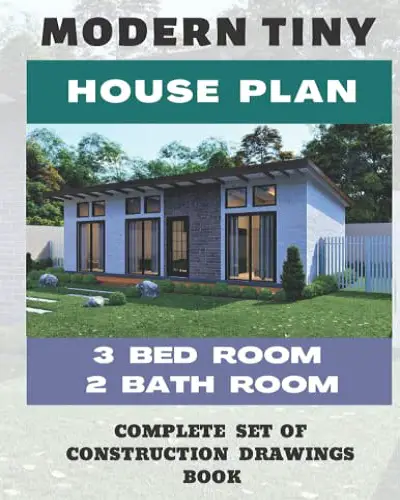
4. Bigger windows to allow ventilations
Windows are important for ventilation and lighting, but they are also a potential source of heat loss or gain. If they’re not well insulated, they can be used to warm up the house on cold days or cool it off on hot days.
Make sure your windows have good insulation so that they keep the heat where you want it—inside your tiny house.
Larger windows will allow more fresh air to enter and exit your home.It is important to open the windows at least once a day in order to get rid of bad smells, prevent mold and mildew growth, and ensure that there is enough oxygen in your home.
Air conditioning units may not be effective if there is no ventilation. A good ventilation system can help reduce the risk of having unpleasant odors inside your home.
When buying or building a new tiny home or apartment, it is important to consider the size of the windows before signing any lease agreements or contracts.
You need to ask yourself if you can afford a larger window or not. If you live alone and do not have pets, then it should not be too expensive for you.
But if your family has pets or you have many visitors coming over, then it might be better for you to buy a smaller unit so that you will save money on energy bills since bigger units require more power from electricity than smaller ones do.
5. Hidden storage to keep secret stuffs
A tiny house is a great place to keep your stuff! But sometimes some of your belongings are things that you don’t want others to see. This could be a secret stash of chocolate bars or some other treat that you want to keep from prying eyes.
It could also be something more important, like a gift for someone special. A hidden storage area will allow you to keep these items safe and out of sight in your tiny house.
Hidden storage can be found in many different places: under the bed, inside closets and drawers, behind curtains or doors—even under cushions!
There are so many different ways we can hide our possessions that it’s not just limited to one place; there are hundreds of ways we can create secret spaces inside our homes.
If you have an extra space where you could fit some hidden storage, consider using it as an opportunity instead of having it sit there empty all the time (like me).
I have put my scrapbooking supplies in an armoire underneath my bed, which helps me feel like I have more space without taking up any more room than needed plus, no one else knows about them, so they don’t get used up quickly.
Read more articles: Can Tiny Homes Be Built On A Foundation
Top pick
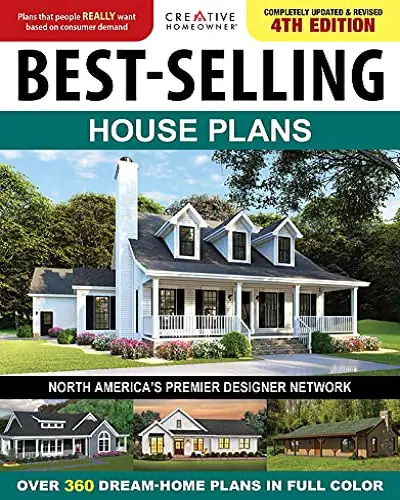
Editor’s choice
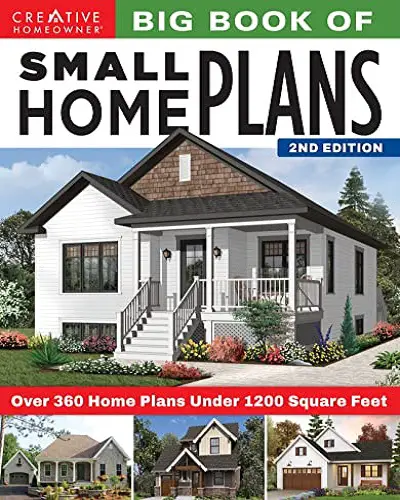
Best value

6. Be aware of headroom in your tiny house
As you begin to plan your tiny house, be aware of headroom. Headroom is the height of the space between the top of your head and the ceiling. It’s measured by standing in the center of a room and measuring the distance between your head and the ceiling (see image below).
If there’s not enough headroom for you to walk around comfortably, it could be a deal breaker when deciding whether or not this lifestyle is right for you. For example, when designing a bedroom, it’s important to make sure there’s enough headroom to keep you safe and comfortable.
This can be difficult because a lot of people do not realize how tall they are until they walk into a room that does not have enough headroom. To avoid this problem, measure yourself and then check out the dimensions of the rooms that you want to use as bedrooms.
If there is not enough headroom for you or another person who will be using the room as their bedroom, then change the furniture around so that it fits within the space or find another place for your bed or desk.
7. Use mirrors is very necessary in a tiny house
Mirrors are a great way to make your tiny house look bigger. Not only will they reflect light and make the space feel brighter, but they can also help you see more of your room at once.
Mirrors can be used to help hide things by reflecting them through another mirror so it looks like there’s nothing there. This is especially useful when you don’t have enough storage space for all of your belongings!
Mirrors can also be used to create an open feeling in a small room by providing multiple angles into the space without actually taking up any real space itself.
Read more articles: Tiny Homes You Can Pull With A Truck
Top pick
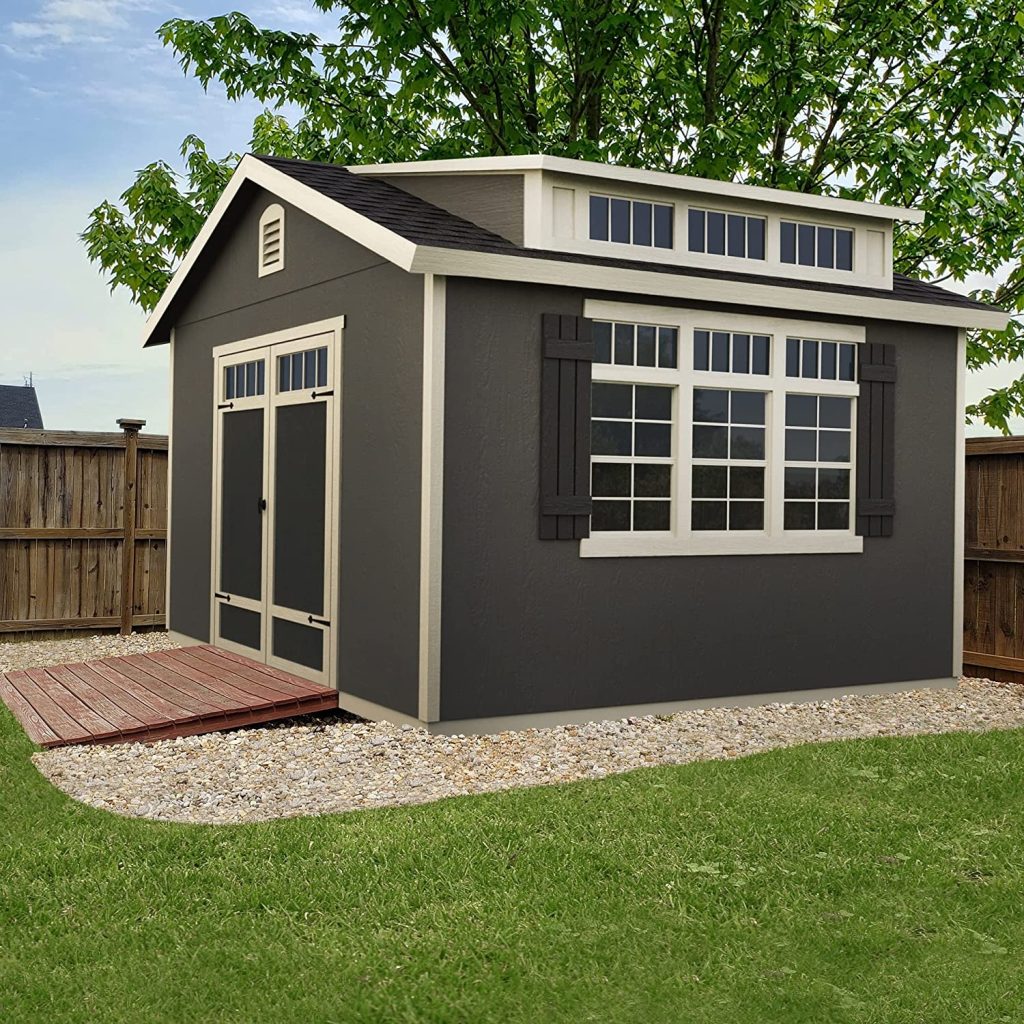
Editor’s choice
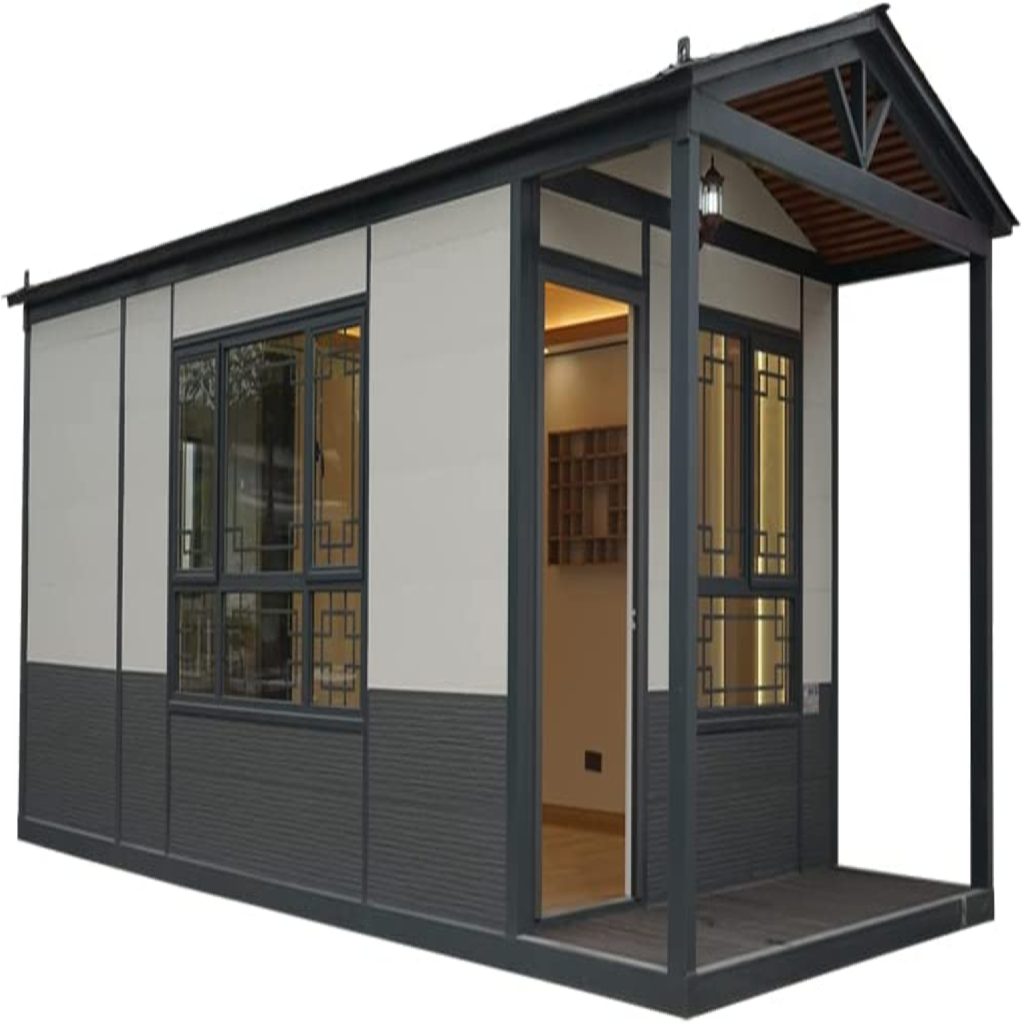
8. Bring the outside in while having a tiny house
Bringing the outside in is a great way to create a connection with nature and your environment. You can bring the outside into your home by using mirrors, plants, and windows and doors.
Mirrors: Mirrors are a simple and inexpensive way to bring light into a room. They help reflect natural light from windows or skylights, creating the illusion of space without taking up any physical space at all!
Plants: Plants require little maintenance as long as they have water every so often, so they’re perfect for tiny homes where there may not be much room for extra stuff lying around (or even sometimes just enough space).
Since plants help clean the air inside your house too by absorbing toxins like carbon dioxide from burning fossil fuels such as coal and oil (which contribute greatly to global warming),
Having them around will make life more pleasant all around, since humans need clean air too! Windows/doors: Windows are available in a variety of styles.
Some open completely onto balconies, while others open partially onto another room within the house—and still others don’t open at all, instead providing access through sliding glass doors.
9. Have a place for everything in your tiny home
Keep your space organized—having everything in its place is a must. It’s easy to get overwhelmed when things are all over the place.
So it’s important that you have all of your belongings in one area and make sure everything has a designated home. When you live in a small space, one of the hardest things to do is figure out how to organize and store all of your things.
You want to make sure that everything has a specific place, so it’s easy for everyone who lives in the home to find what they need when they need it.
You also want to keep things clean and tidy because this will help keep clutter down and ensure everyone can easily access what they need without too much trouble.
Navigating through piles of clothing or other items just thrown on top of each other randomly throughout the house is difficult.
Read more articles: Can Tiny Homes Withstand Hurricanes
Top pick

Editor’s choice

Best value
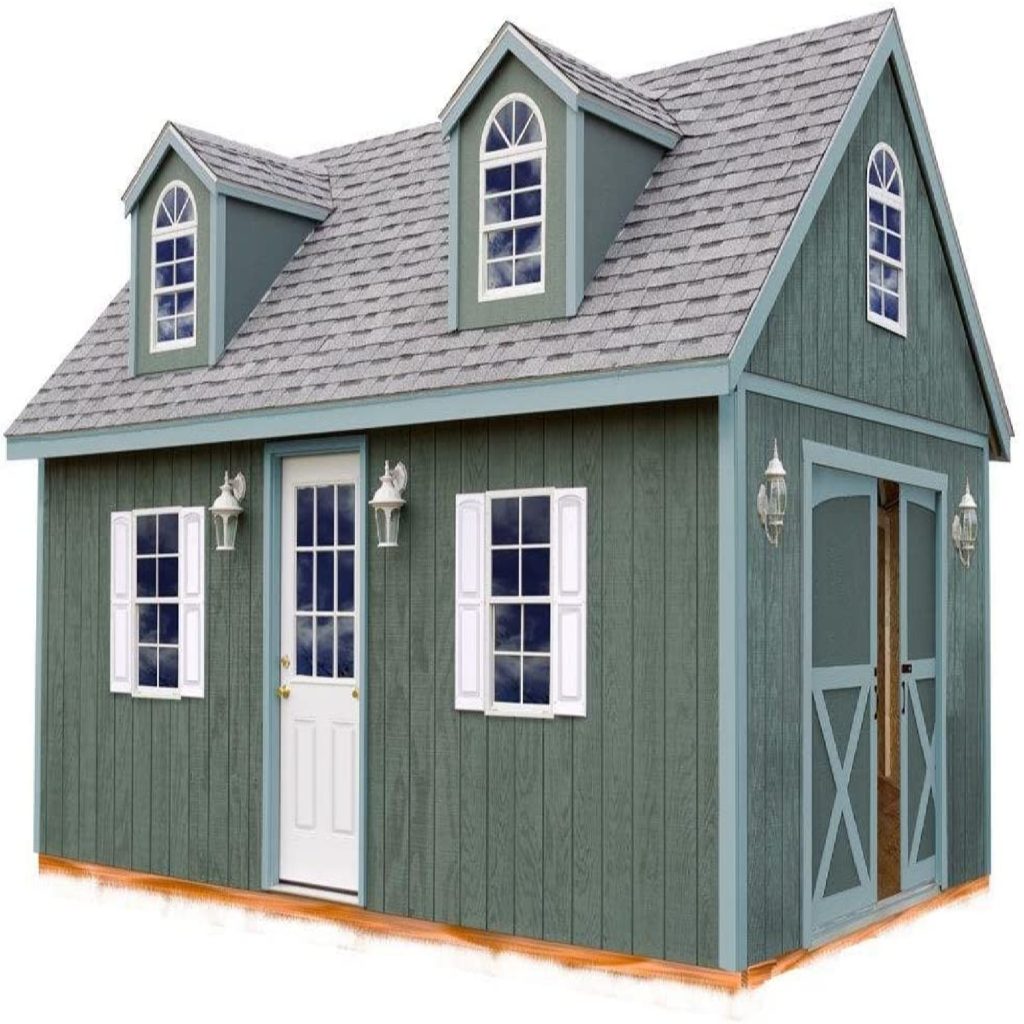
10. Make a provision for plumbing and electricals
One important thing to keep in mind when choosing your tiny house is that you need to make sure you have plumbing and electricity. These are things like running water, electricity, heaters, and lights—the basic necessities of modern life.
Some may be tempted to cut corners on these items, but it is very important that they are hidden from sight and safe. For example, if there is a heater or electrical element in your tiny home, make sure it is not visible from outside the home if possible.
It also needs to be placed so that no one can come into contact with it at any time, as this could lead to an accident or injury due to improper installation.
FAQ
1. What are 3 negative features of a tiny house?
1). Tiny homes get dirty really quickly
2). Explaining my compost toilet to Guests
3). Making the Bed in the Loft
2. What are the biggest drawbacks of living in a tiny house?
1. Organization Is a Must.
2. You Can’t Have It All.
3. Entertaining Is a Challenge.
3. What are 3 positive features of a tiny house?
1. Easy to clean.
2. Easy to streamline diet.
3. Easy to not get distracted.
4. Can you live in a tiny home permanently?
Yes, absolutely yes!
5. Why live in a tiny house?
Because it is small, cheap to buy, easy to maintain
Conclusion
You can show how you’ve followed the tips and tricks above in a notebook or on your blog. You can also include photos of some of the things that you’ve done or bought in order to make your tiny house more comfortable, organized, and stylish.
When living in a tiny house, prioritizing space can be difficult. If you are going to live in a tiny house, the first thing you should think about is how you will utilize that space.
If you fill it with books and big furniture, there will be less space for the “essentials.” Here are some of my favorites that I use when I am working from my home office.
This site was created with the goal of sharing creative ideas with those looking for a more sustainable and practical way to live on a budget or simply see if tiny house living is the perfect solution for them.
We have built out this website to be an all-in-one source for everything you need to know about buying, building, living in, and maintaining your tiny house.
Read more articles: How Much Do Tiny Homes Weigh

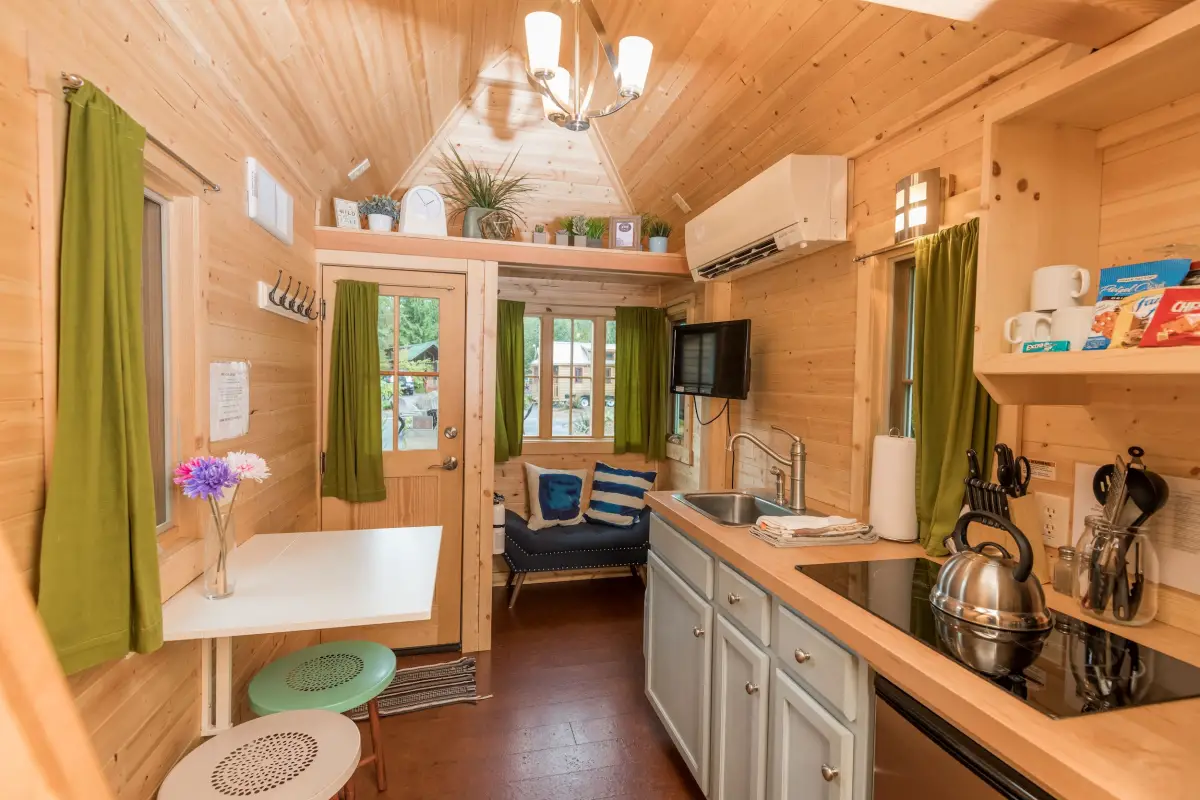
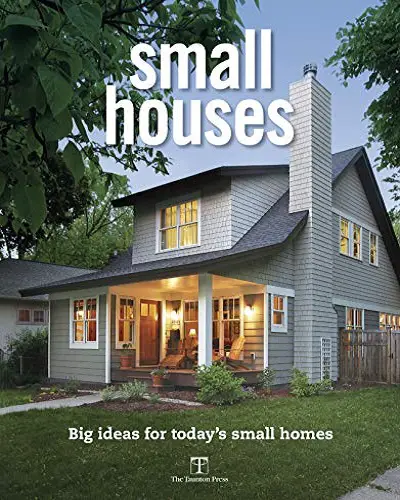
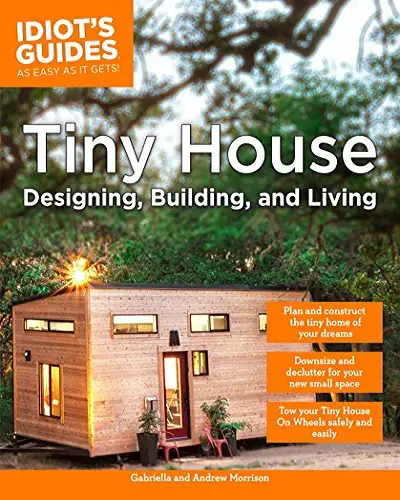

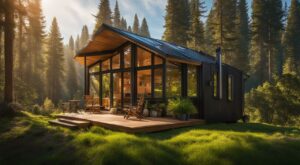
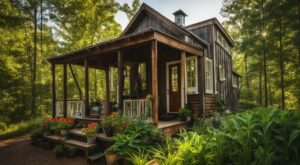
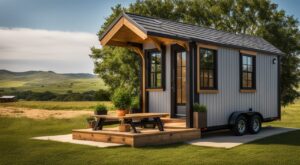
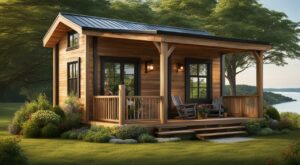
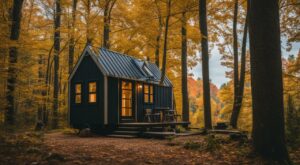

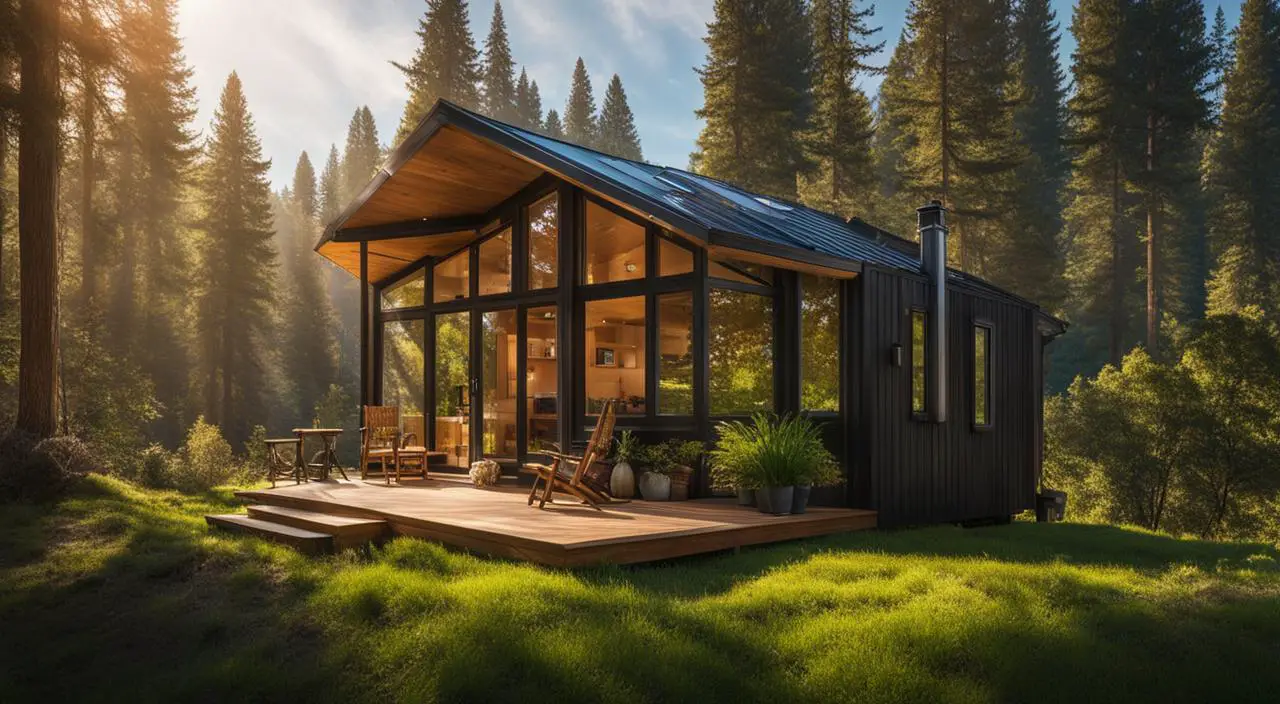
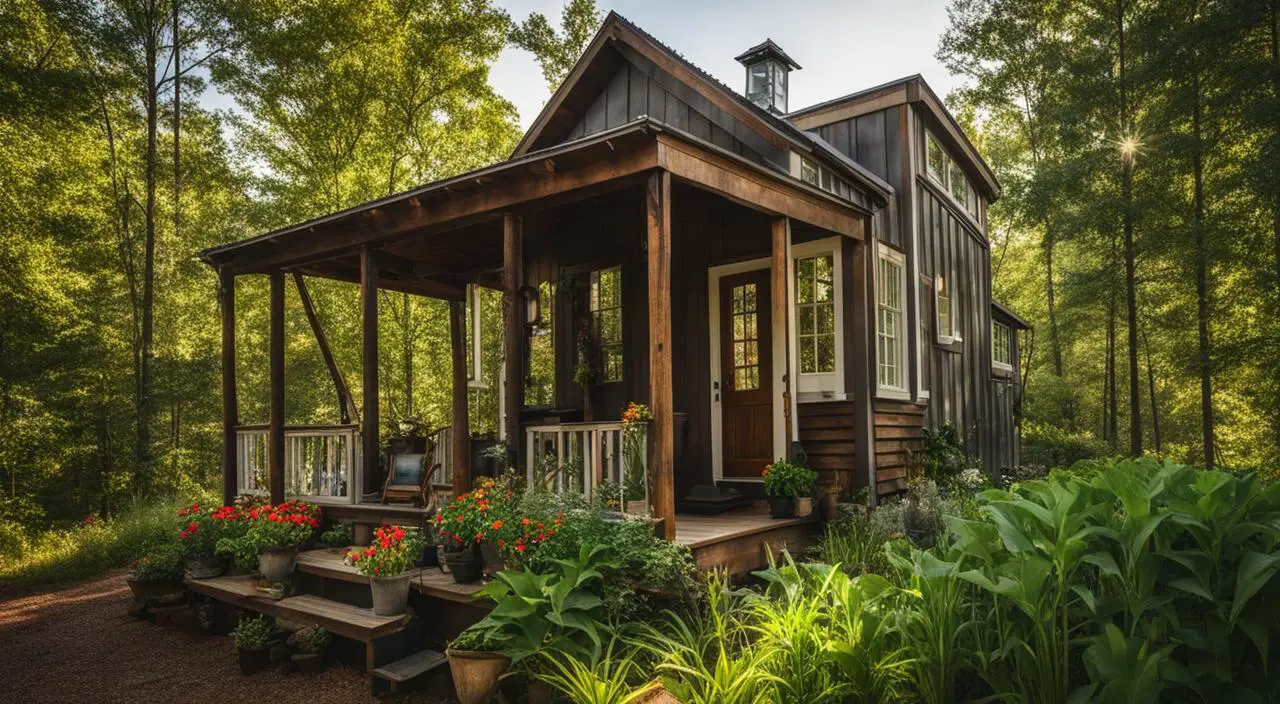
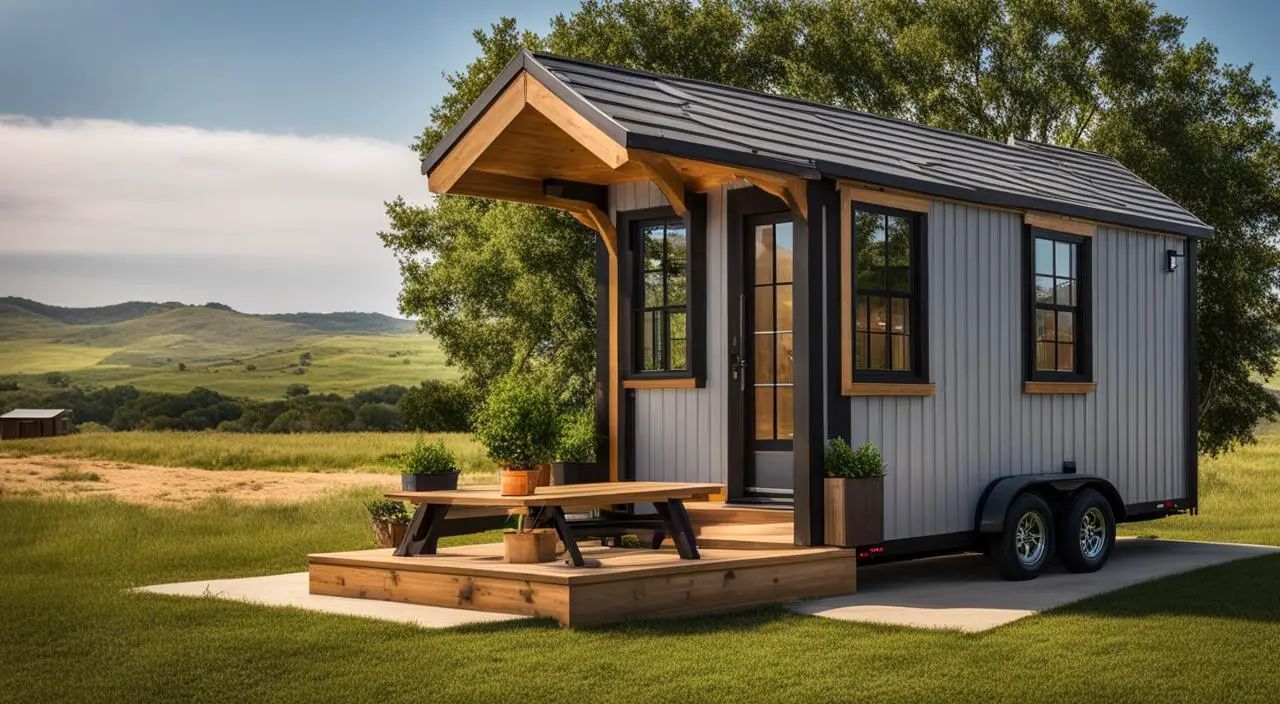
Leave a Reply